How To Grow A Dogwood Bush In Days
Dogwood bushes are beautiful and versatile plants that can add a touch of elegance to any garden. They are relatively easy to grow, and with a little care, you can enjoy their blooms for many years to come.
In this blog post, we will walk you through the steps on how to grow a dogwood bush in days. We will cover everything from selecting the right location to watering and fertilizing. By following these simple tips, you can be sure that your dogwood bush will thrive.
Selecting the Right Location
The first step to growing a dogwood bush is to select the right location. Dogwoods prefer full sun or partial shade, and they need well-drained soil. If you live in an area with hot summers, you may want to choose a location with some afternoon shade.
The soil should be rich in organic matter. If your soil is sandy or clayey, you will need to add some compost or other organic matter to improve drainage and fertility.
Planting the Dogwood Bush
Once you have selected the right location, you are ready to plant your dogwood bush. Dig a hole that is twice as wide and as deep as the root ball of the plant. Backfill the hole with soil, being careful not to bury the plant's crown. Water the plant well after planting.
Watering and Fertilizing
Dogwood bushes need regular watering, especially during their first year in the ground. Water the plant deeply once a week, or more often if the weather is hot or dry.
In the spring, fertilize your dogwood bush with a balanced fertilizer. You can use a slow-release fertilizer or a water-soluble fertilizer. Follow the directions on the fertilizer label.
Pruning
Dogwood bushes do not need to be pruned heavily. However, you may want to remove any dead, diseased, or damaged branches. You can also prune the bush to shape it or to remove any branches that are growing into unwanted areas.
Pests and Diseases
Dogwood bushes are relatively resistant to pests and diseases. However, they can be susceptible to scale, aphids, and powdery mildew. If you notice any pests or diseases, you can treat them with insecticidal soap, neem oil, or a fungicide.
Enjoying Your Dogwood Bush
With a little care, your dogwood bush will thrive and provide you with years of enjoyment. In the spring, the bush will be covered in beautiful flowers. The flowers can be white, pink, or red, depending on the variety of dogwood bush.
In the fall, the leaves of the dogwood bush will turn a beautiful shade of red or orange. The leaves will eventually fall off, but the bare branches of the dogwood bush can still be attractive in the winter.
With its beautiful blooms and attractive foliage, the dogwood bush is a versatile plant that can add a touch of elegance to any garden. By following the tips in this blog post, you can grow a healthy and thriving dogwood bush in days.
Dogwood bushes are a beautiful addition to any landscape. They are known for their delicate white flowers and colorful fall foliage. If you are thinking about adding a dogwood bush to your yard, Home Gardening is a great resource for more information. This website provides detailed information on different types of dogwood bushes, as well as tips on planting, care, and maintenance.
FAQ of dogwood bush
- What are dogwood bushes?
Dogwood bushes are flowering plants that are native to North America. They are known for their beautiful white or pink flowers, which bloom in the spring. Dogwood bushes can grow up to 20 feet tall, and they can be found in a variety of habitats, including forests, woodlands, and meadows.
- How do I plant a dogwood bush?
Dogwood bushes are relatively easy to plant. The best time to plant them is in the spring or fall. Choose a sunny spot with well-drained soil. Dig a hole that is twice as wide as the root ball of the dogwood bush. Place the root ball in the hole and backfill with soil. Water the dogwood bush well and fertilize it once a year.
- How do I care for a dogwood bush?
Dogwood bushes are relatively low-maintenance plants. Water them regularly, especially during hot, dry weather. Fertilize them once a year in the spring with a balanced fertilizer. Prune them in the early spring to remove dead or damaged branches.
- What are some common problems with dogwood bushes?
Dogwood bushes are susceptible to a few common problems, including:
* Dogwood anthracnose: This fungal disease causes black spots on the leaves of dogwood bushes. It can be treated with fungicide.
* Dogwood borers: These insects bore into the trunks of dogwood bushes, causing them to die. They can be controlled with insecticides.
* Dogwood leaf spot: This fungal disease causes yellow or brown spots on the leaves of dogwood bushes. It can be treated with fungicide.
- How do I propagate dogwood bushes?
Dogwood bushes can be propagated from seed, but it is more common to propagate them from cuttings. To propagate dogwood bushes from cuttings, cut 3- to 5-inch sections of healthy branches in the spring or fall. Dip the cut ends of the cuttings in rooting hormone and plant them in a pot of well-drained potting mix. Keep the potting mix moist and place the pot in a warm, sunny location. The cuttings should root within six weeks.
Image of dogwood bush
10 different images of dogwood bush that are free to use:
- Cornus florida, the flowering dogwood, is a native North American shrub or small tree that is known for its showy white flowers in the spring.

- Cornus alba, the red-osier dogwood, is a native North American shrub that is known for its bright red stems in the winter.
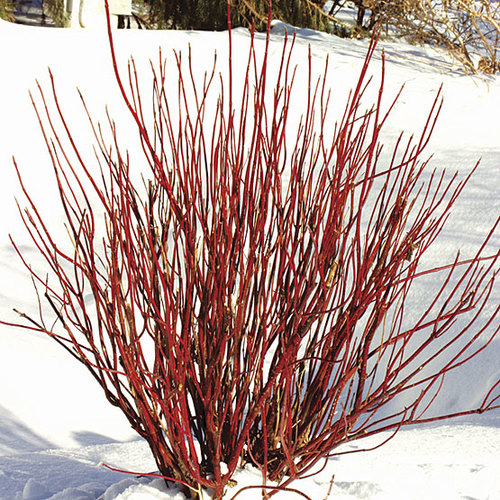
- Cornus kousa, the Korean dogwood, is an Asian shrub or small tree that is known for its large white flowers and red fruit.
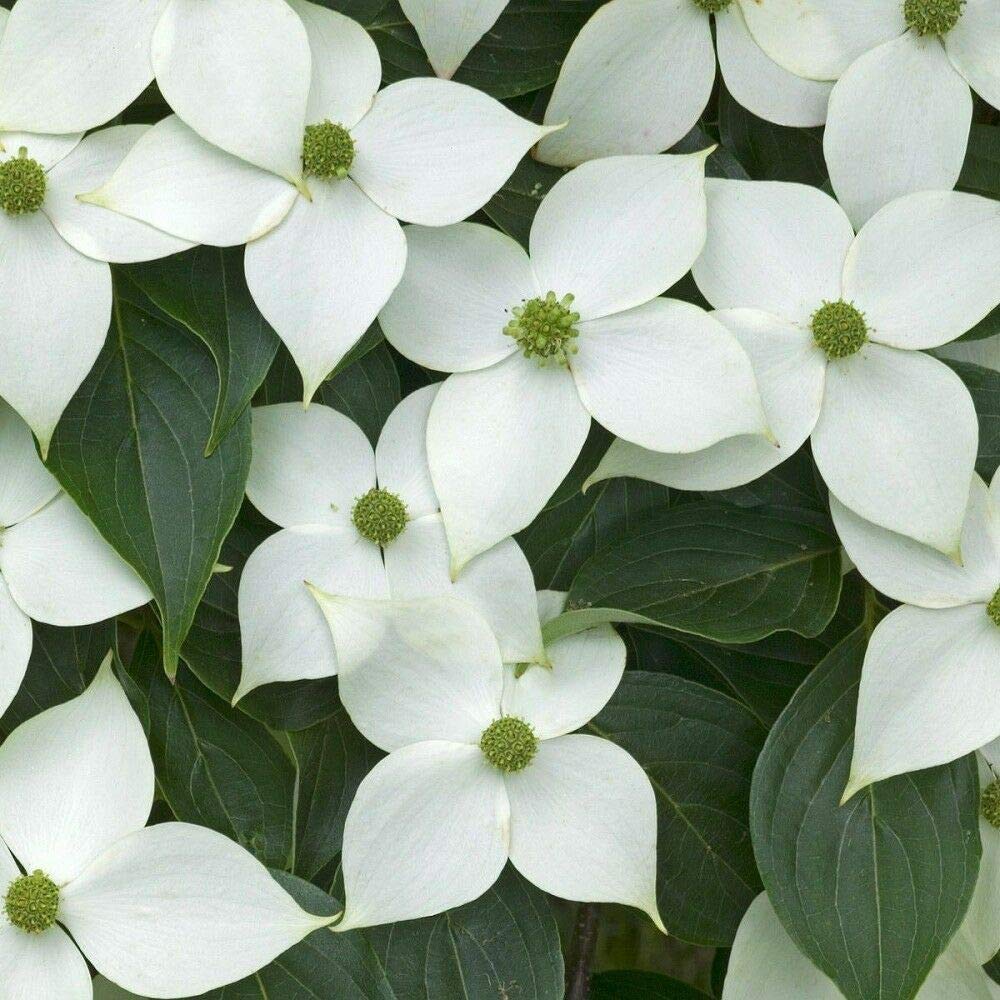
- Cornus sericea, the silky dogwood, is a native North American shrub that is known for its silvery-green leaves and white flowers.
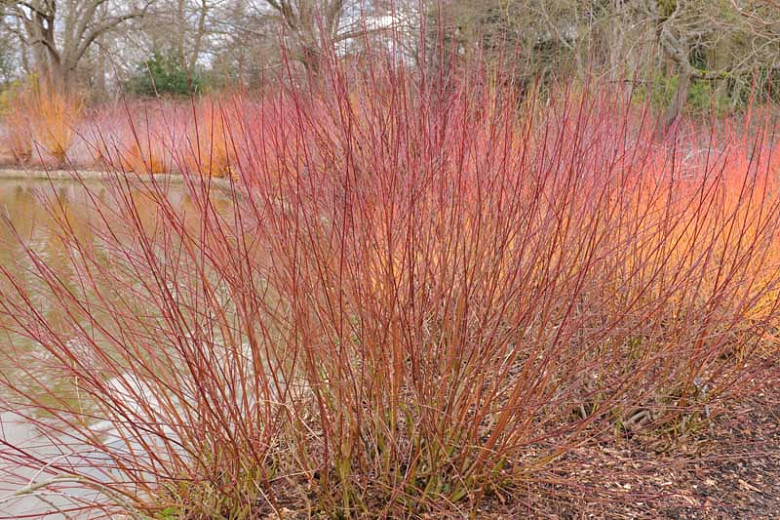
- Cornus rugosa, the rough-leaved dogwood, is a native North American shrub that is known for its rough-textured leaves and white flowers.

- Cornus alternifolia, the alternate-leaved dogwood, is a native North American shrub that is known for its alternate leaves and white flowers.

- Cornus racemosa, the bunchberry dogwood, is a native North American shrub that is known for its small white flowers that grow in clusters.
- Cornus drummondii, the prairie dogwood, is a native North American shrub that is known for its white flowers and red fruit.
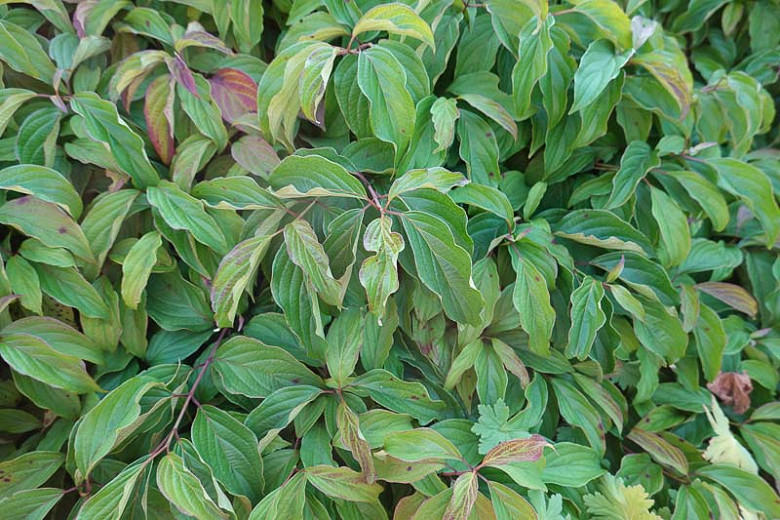
- Cornus obliqua, the pagoda dogwood, is a native Asian shrub or small tree that is known for its pagoda-shaped flowers.
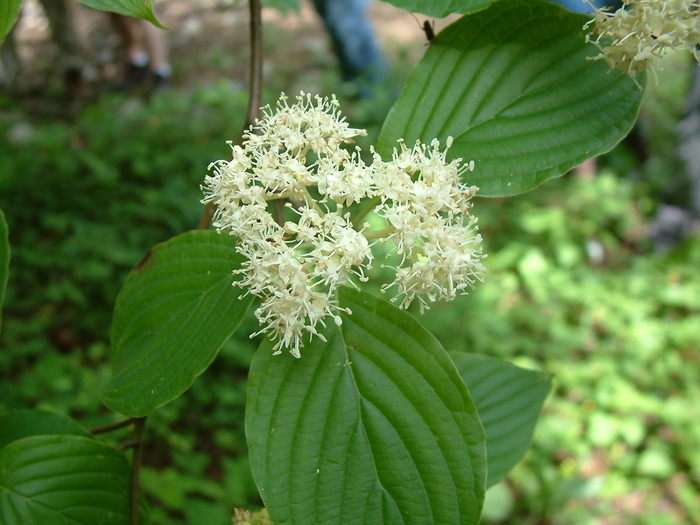
- Cornus capitata, the bunchflower dogwood, is a native Asian shrub that is known for its small white flowers that grow in clusters.
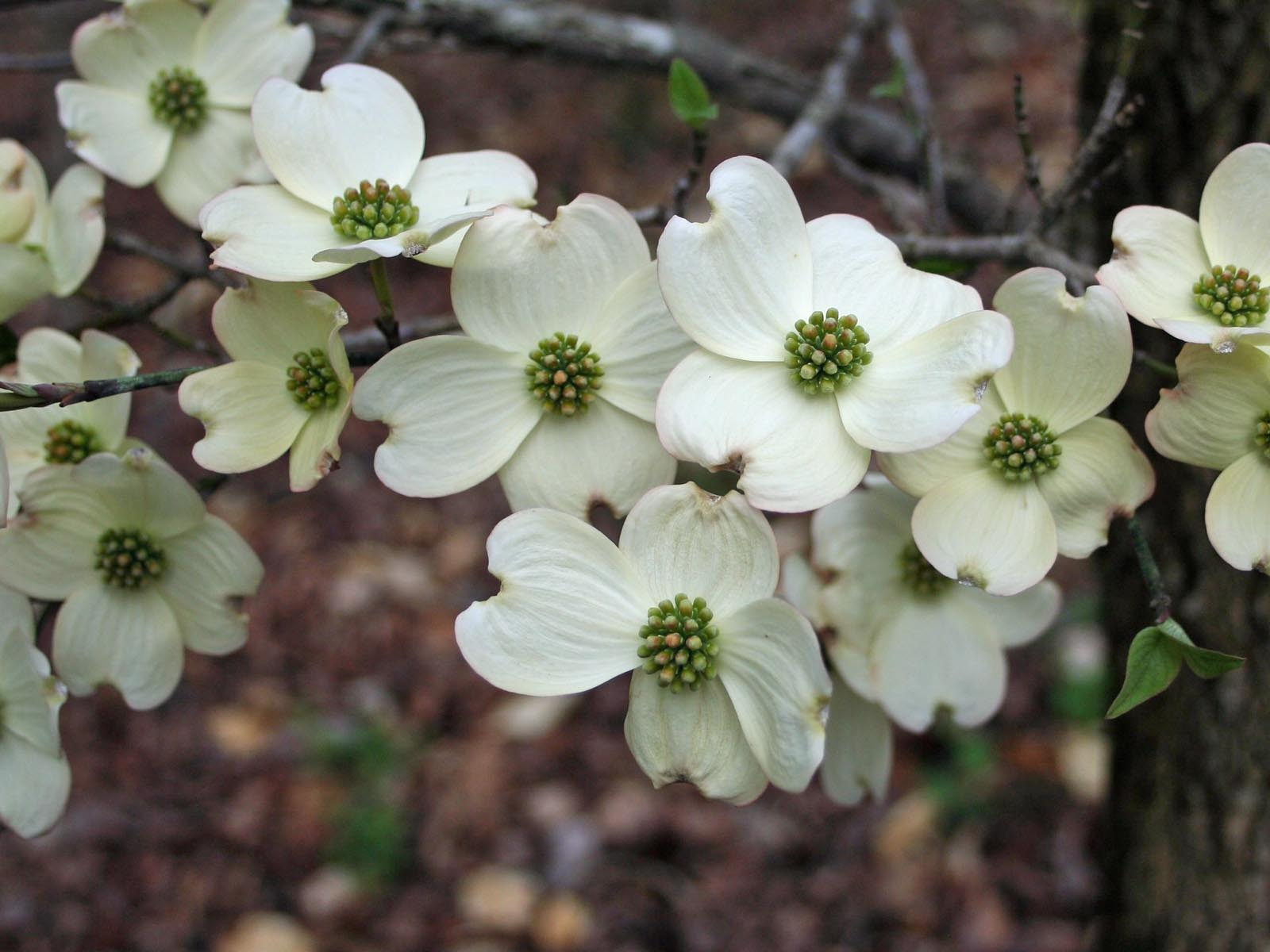
Post a Comment for "How To Grow A Dogwood Bush In Days"